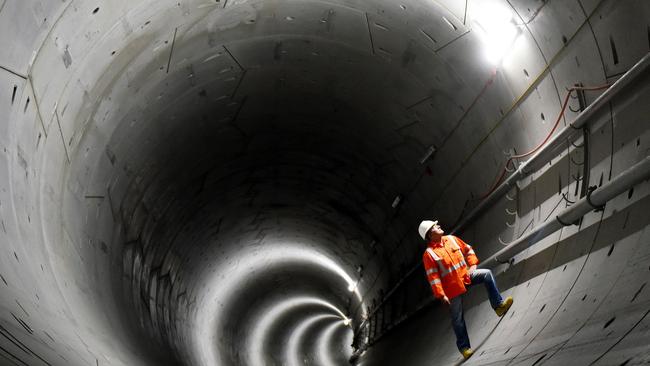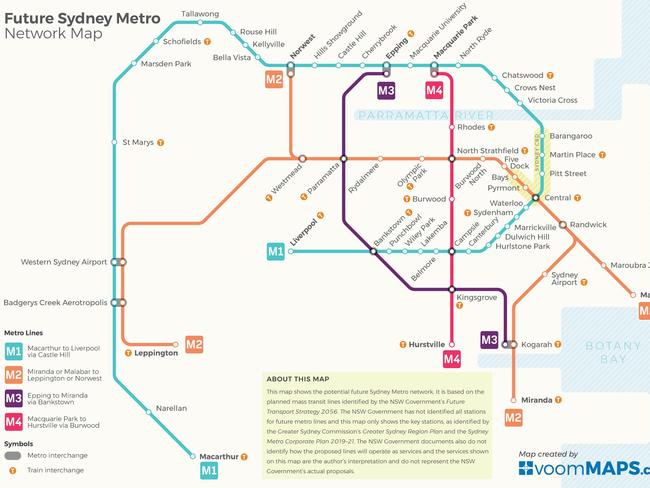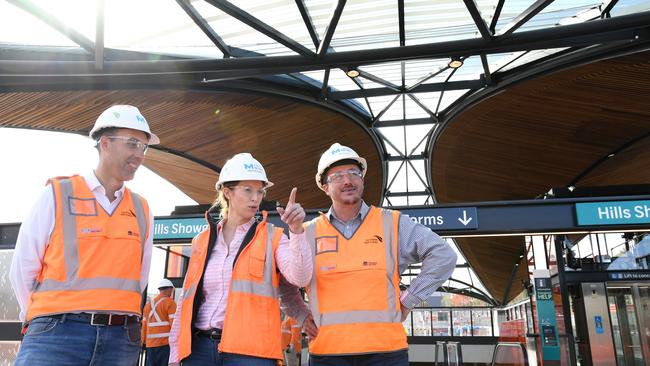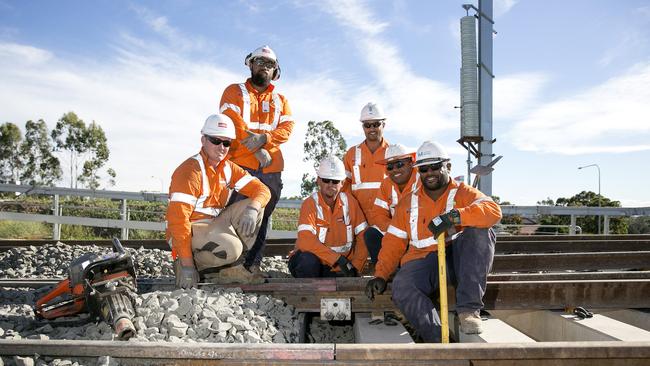Taxpayers could pay ‘metro tax’ to build $100m worth of Sydney infrastructure: report
Sydneysiders could be forced to pay a special public transport levy to fund millions of dollars worth of infrastructure backlog, a new report has revealed.
Hills Shire
Don't miss out on the headlines from Hills Shire. Followed categories will be added to My News.
It has been revealed a special ‘metro tax’ could be added as a way to fund more than $100 million worth of infrastructure backlog across Sydney — including the expansion of the city’s metro network.
A report released by infrastructure experts, Prosper Australia and Hale Infra Strategy, suggests key infrastructure projects could be completed in 10 to 15 years — rather than over the next four decades as currently proposed.

Hale chief executive, Chris Hale, authored the new report released today, earmarking the use of special infrastructure levies, borrowing from future revenue increases and auction development rights “above or around transport sites” as funding mechanisms to fast-track development.
MORE FROM JAKE McCALLUM
Construction of Castle Towers Metro link underway
Wheels stolen off ute as owner catches Sydney Metro
Sydney metro northwest: travel costs increase
“We don’t need to wait until 2050 to create transport systems that we need for our cities,” Mr Hale said.
“We can build what we need within a tightly-managed 10-15 year horizon, if we work diligently and collaboratively across the urban planning, transport and policy spheres.”
Mr Hale said a “special fee” or metro tax could be introduced through betterment levies in areas provided with major transport upgrades or the addition of ticket surcharges which would be “hardly noticed”.

“Ticket surcharges can ensure that transit users, as the most significant pool of direct beneficiaries, contribute their fair share,” he said.
The transit transformation report forecast the sale of infrastructure is “not a winning formula for infrastructure resourcing” and called for the creation of an urban renewal agency to masterplan transit orientated development and strategically rezone land.
The revenue raised could see the construction of the Sydney Metro City and Southwest extension to Liverpool, Sydney Metro greater west and north south-rail interchange and an extension of the line to Macarthur.

Proposals for rail lines from Parramatta and Leppington to Western Sydney, Aerotropolis, Sydney CBD to Malabar via Randwick and a series of mass transit links from Parramatta to Kogarah and Norwest Business Park have also been earmarked for the future.
Prosper Australia urban planning specialist Emily Sims said NSW was facing a massive backlog of public transport investment, hitting out at the government for having “short-termism”

“The good news is these projects should — at least in part — pay for themselves,” she said.
“And we can build it in a 10-15 year period, rather than 30 plus years.
“Japan, Singapore, and Hong Kong are known for having the best public transport networks in the world; they do it using twenty-first-century funding strategies.”
Ms Sims said an “open discussion around who will benefit from transport infrastructure needs to occur before governments fund initiatives.
“There needs to be more transperancy around who should contribute to funding infrastrcuture,” she said. “We want an open, honest public debate about the best location for infrastructure.”
The new strategy comes as a blueprint of what the Metro network could look like in 2056 was exclusively revealed by NewsLocal, providing a look at several new lines earmarked to connect Sydney suburbs.
While in Rouse Hill, construction to double the number of trains on the Sydney Metro also commenced last month.
A Sydney metro spokesman said the NSW Government has already awarded contracts to build integrated stations at Martin Place and Victoria Cross.

“As part of the first value capture agreement on Sydney Metro, the NSW Government received $355 million from Macquarie Group for the air rights above the new metro station, with Macquarie delivering new commercial buildings, pedestrian connections and retail space,” the spokesman said.
“At Victoria Cross Station, the NSW Government received more than $200 million from Lendlease for the right to develop a 40-storey commercial building above the station’s southern entrance portal, and for the retail spaces delivered as part of the station.”

